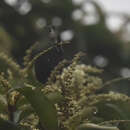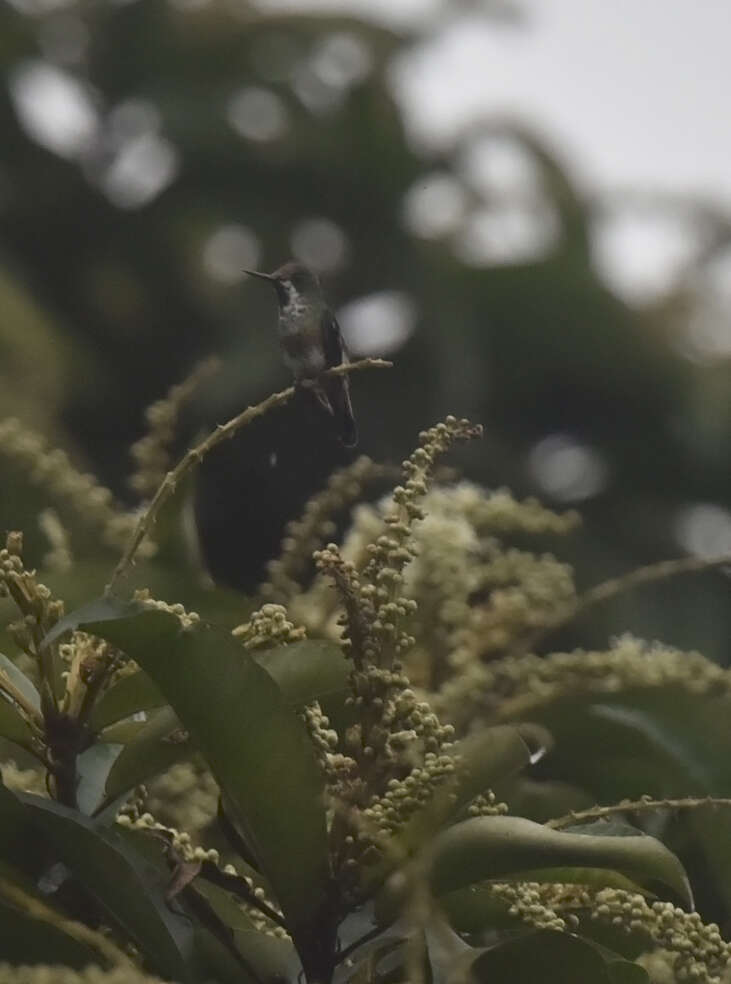en
names in breadcrumbs



Discosura longicaudus (Racket Tailed Coquette) is a species of birds in the family hummingbirds. They are listed in cites appendix ii. They rely on flight to move around.
EOL has data for 17 attributes, including: